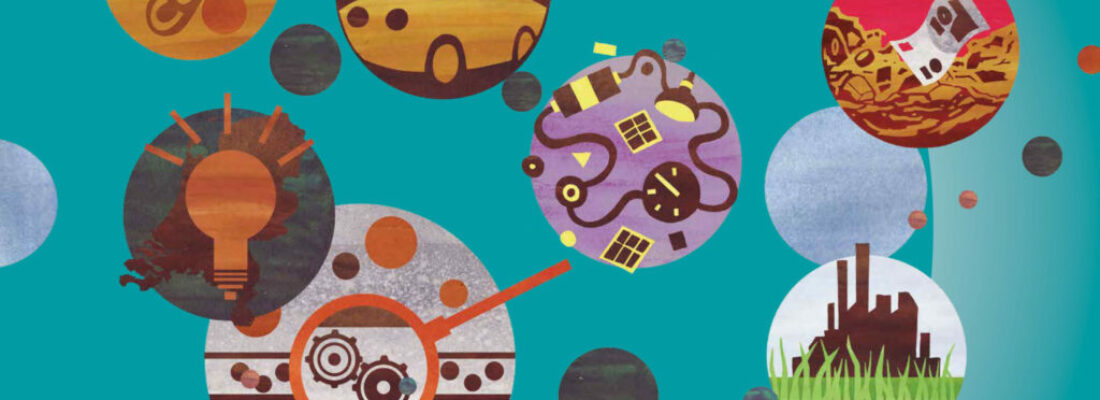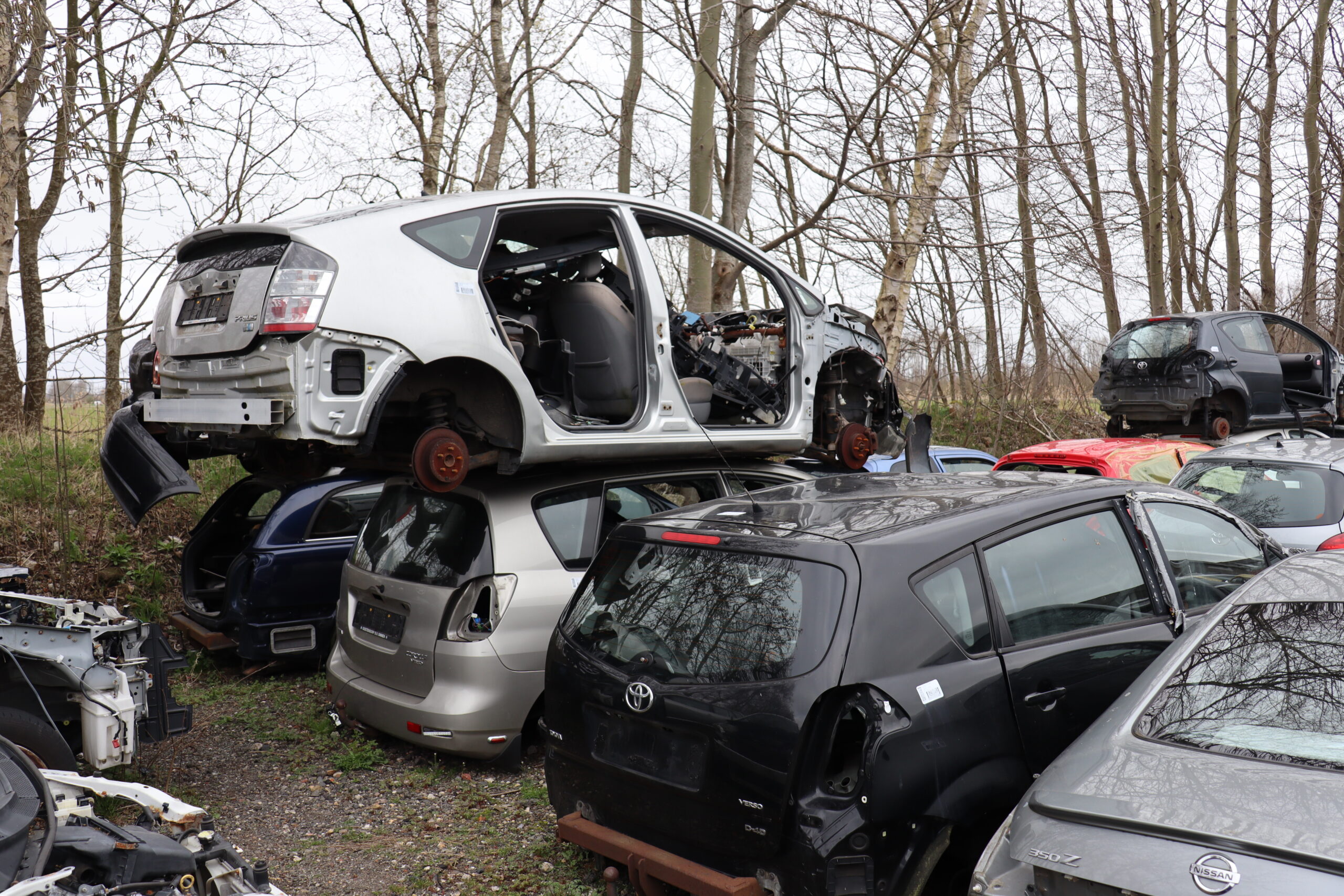The European Commission presented the Circular Economy Package (CEP) at the end of 2015. In it, it proposes measures aimed at better recycling and a complete reuse of raw materials. ARN welcomes these measures. There are, however, a few aspects that should be explained with regard to our sector.
Tekst ARN Redactie
‘Completing the circle’ is how the European Commission explains its goal in its Circular Economy Package (CEP). The Commission aims to achieve a circular economy in which raw materials, products and waste materials are utilised for as long as possible. The CEP applies to the entire life cycle, from production and consumption to waste management and the market for secondary raw materials. It actually consists of a clustering of existing guidelines related to sustainability. The emphasis is also in improving methods for measuring recycling efficiency. At present, every member state of the European Union does this its own way, with incomparable outcomes as the result. At ARN, we guarantee carefully prepared and transparent reporting on recycling obligations.
Making the transition
The importance of not waiting any longer to make the switch from a linear to a circular economy is evident. Otherwise, we will be facing a shortage of raw materials within 35 years and will have caused irreparable damage to the environment. So it is only logical that the European government – followed by the Dutch – focus intently on an economy in which we no longer produce waste by making products more efficient and reusing them. In addition, it should be an economy in which we only extract raw materials in a sustainable manner. If we want to take care of nature and our living environment, our only option is the transition to this type of economy.
Reducing Dutch dependence
For the Netherlands in particular, there is an additional important reason for this switch. Our country will not be able to meet the rapidly increasing need for raw materials in the future, for the simple reason that we have too little of these materials to begin with. We already obtain nearly 70 percent of our raw materials from abroad. The prices of raw materials will only grow along with the increasing scarcity. By using raw materials more efficiently and reusing them in a smarter way, we reduce our dependence on the countries that produce them.
ARN and the circular economy
The proposals in the CEP affect the essence of ARN’s activities. On behalf of importers, we comply with the End-of-Life Vehicle (Management) Decree (Bba). With such initiatives as the PST factory, we have become a specialist in sustainability and recycling in the mobility sector. This has made us experts in the characteristics, possibilities and obstacles of the circular economy at the end of the chain.
Long-term environmental effect
Cars are one of the most complex consumer products. They contain an enormous amount of different raw materials and materials from a large number of suppliers. Cars also have a long life span and, throughout that life span, an impact on the environment, both during production and use. These aspects are important to consider if, like ARN, you operate at the end of the chain, as there are ‘fewer screws to tighten’.
Car manufacturers are already being confronted with a huge amount of legislation related to emissions, safety and the recyclability of their products. The most significant ecological footprint with regard to cars is during production and usage. Consequently, there is much more focus on emissions reduction (such as in the SER Energy Agreement) and efficiency measures during production than on the use of materials that can easily be recycled at the end of the car’s life cycle. From an environmental perspective, this is a logical approach, although ARN strongly advocates optimal reuse.
It is only logical that the European government focus intently on an economy in which we no longer produce waste by making products more efficient and reusing them.
The mobility sector and the circular economy
Many sectors are interested in a circular economy and the mobility industry is making good progress.
In 2016, there were 8.9 million vehicles on Dutch roads. The life span of cars before being recycled is an average of 18.1 years. The export of around 250,000 cars per year contributes to extending that life span. The average CO2 emissions per kilometre has declined in recent years. Garages have contributed to maintaining a higher quality of vehicles through regular maintenance, inspections and repairs. And when a car is no longer economical or technically viable, the recycling chain ensures that 86.7 percent of its materials can be reused and that 9.3% are collected in the form of energy recovery.



